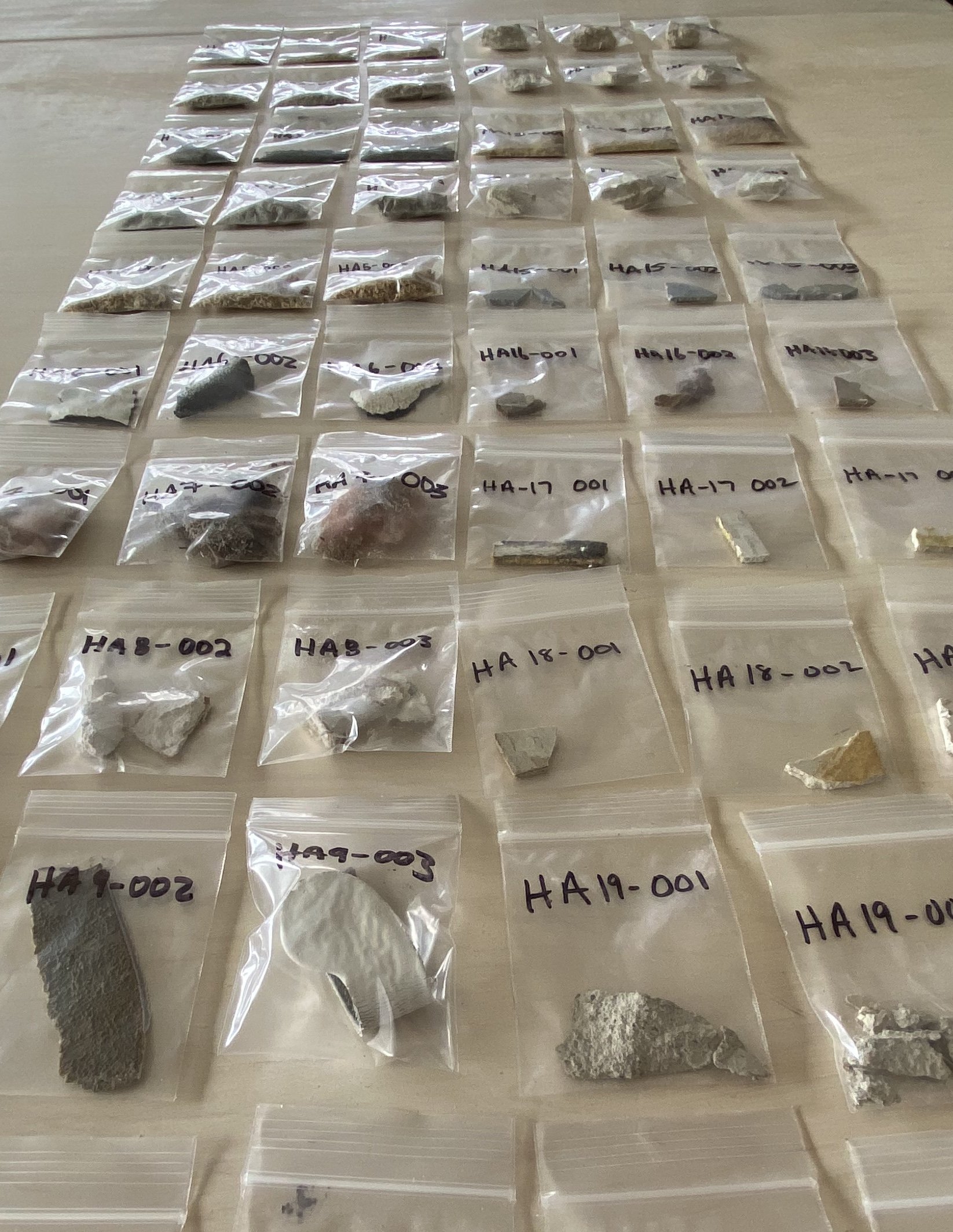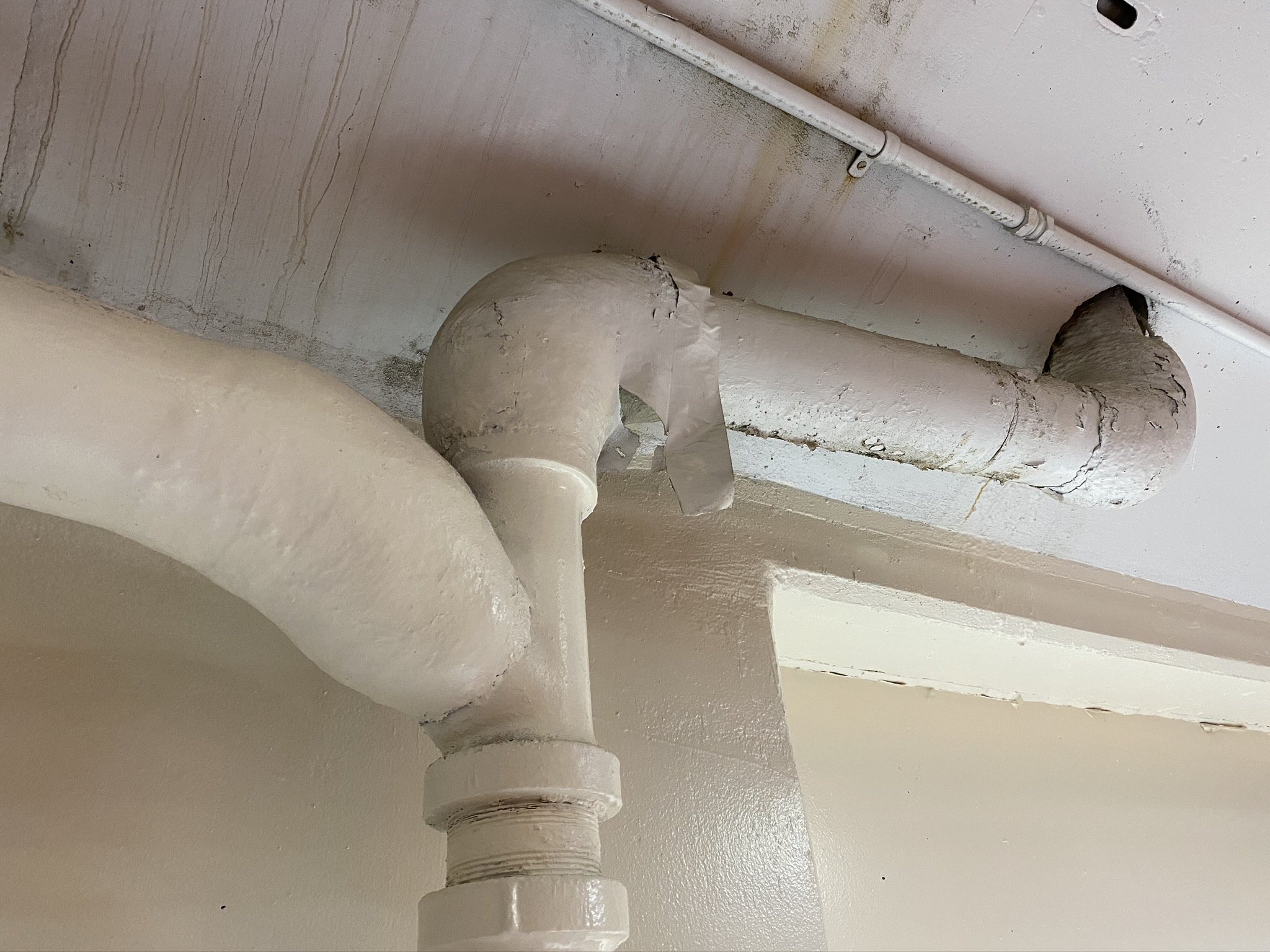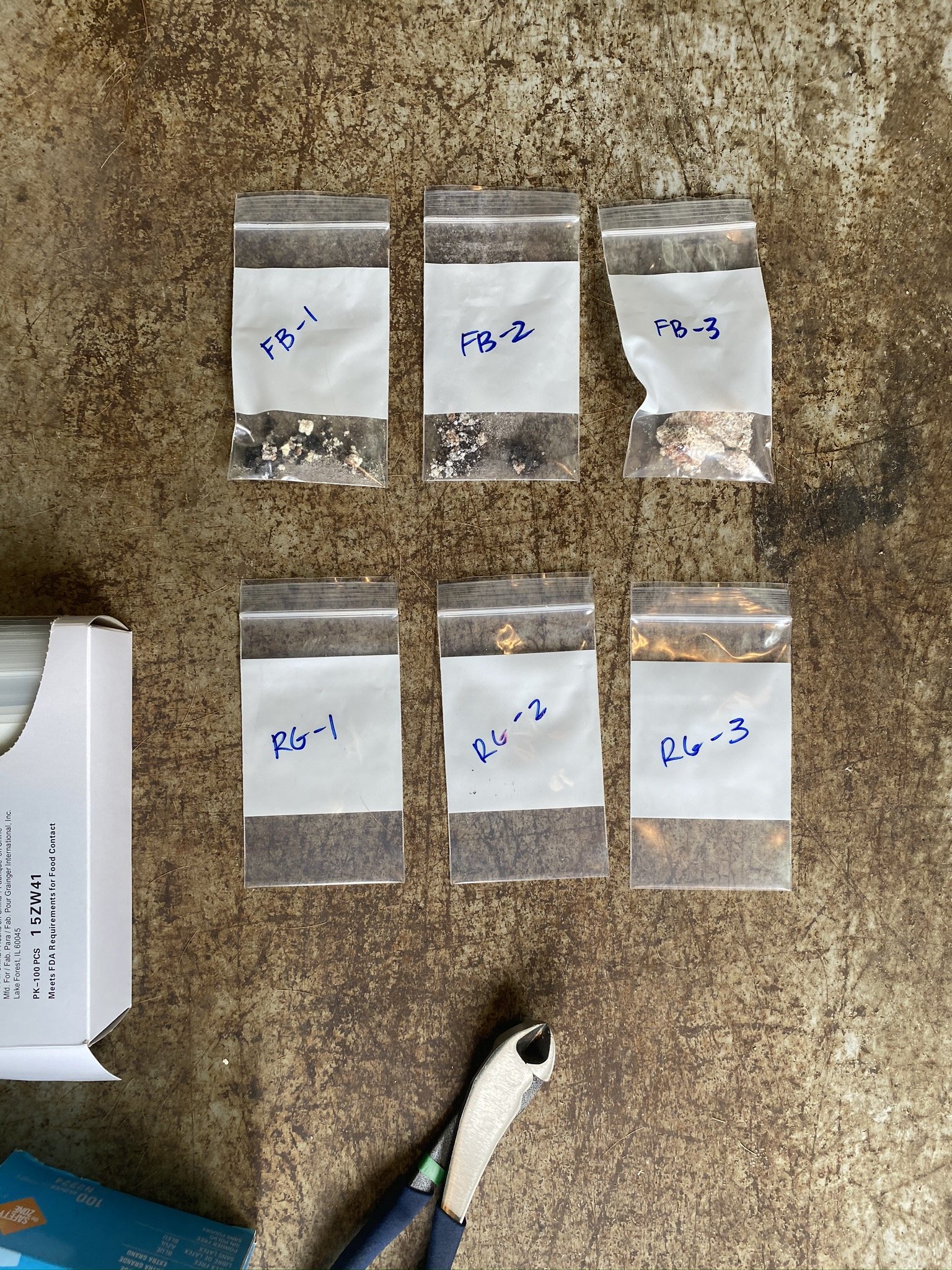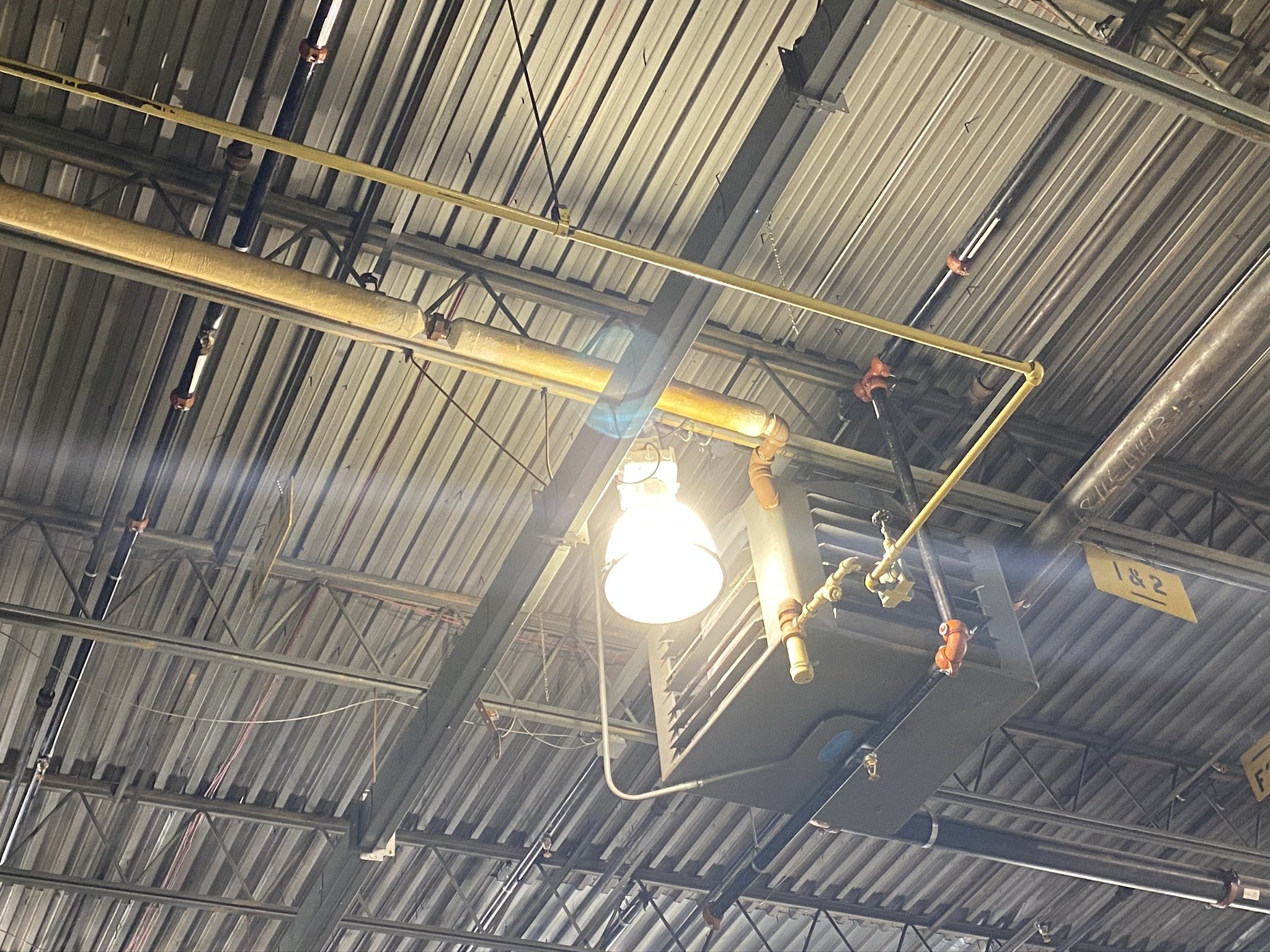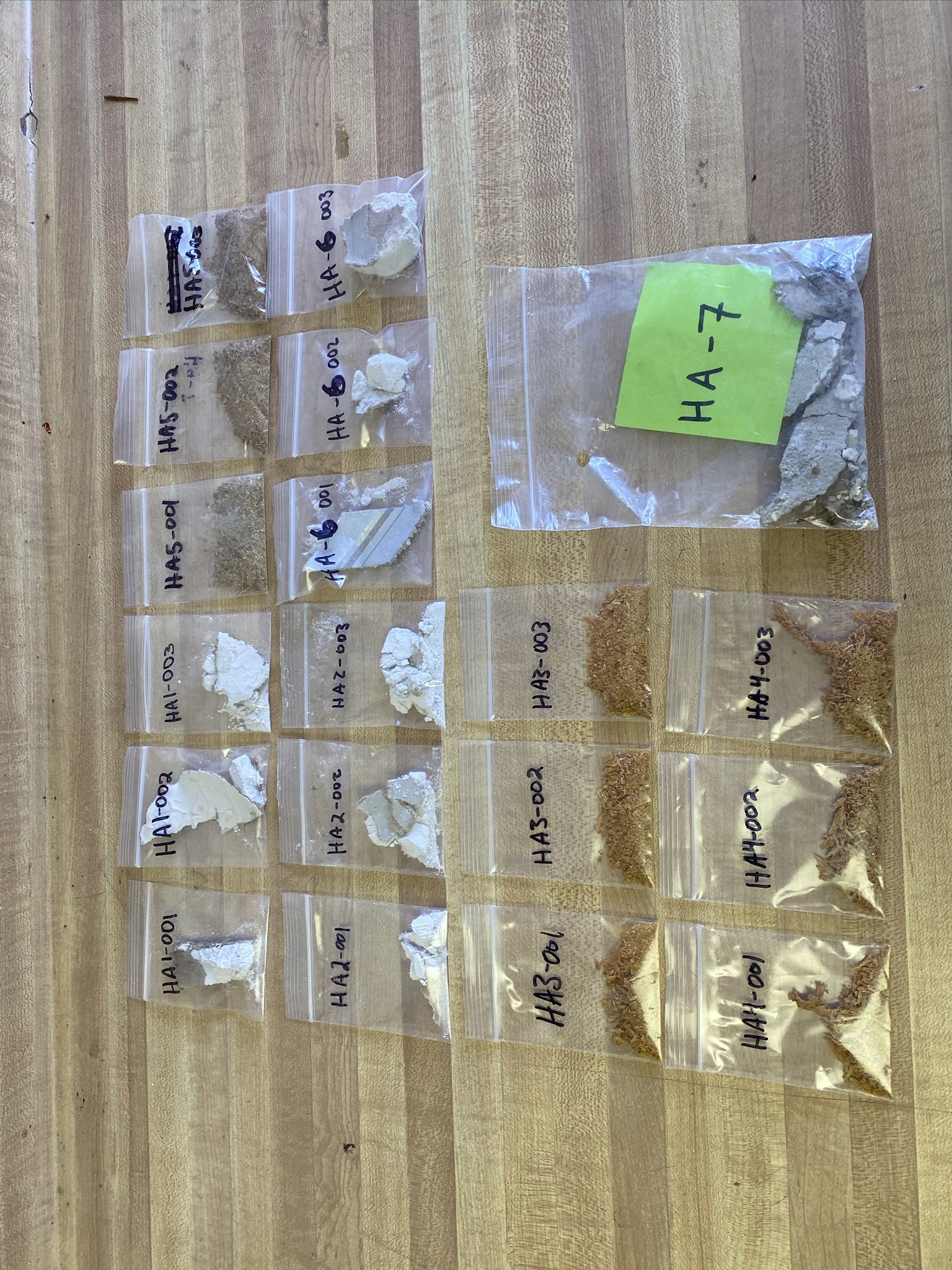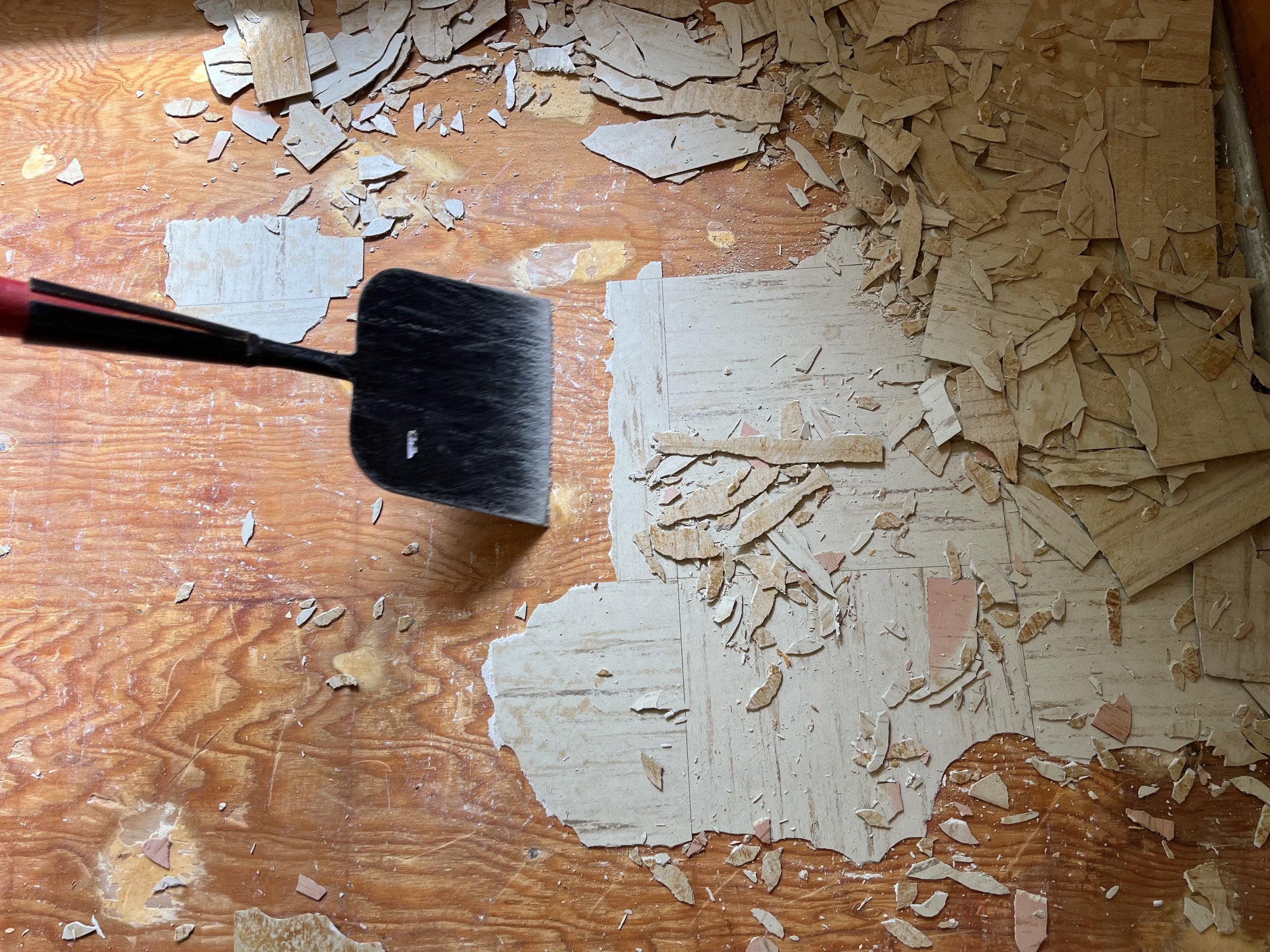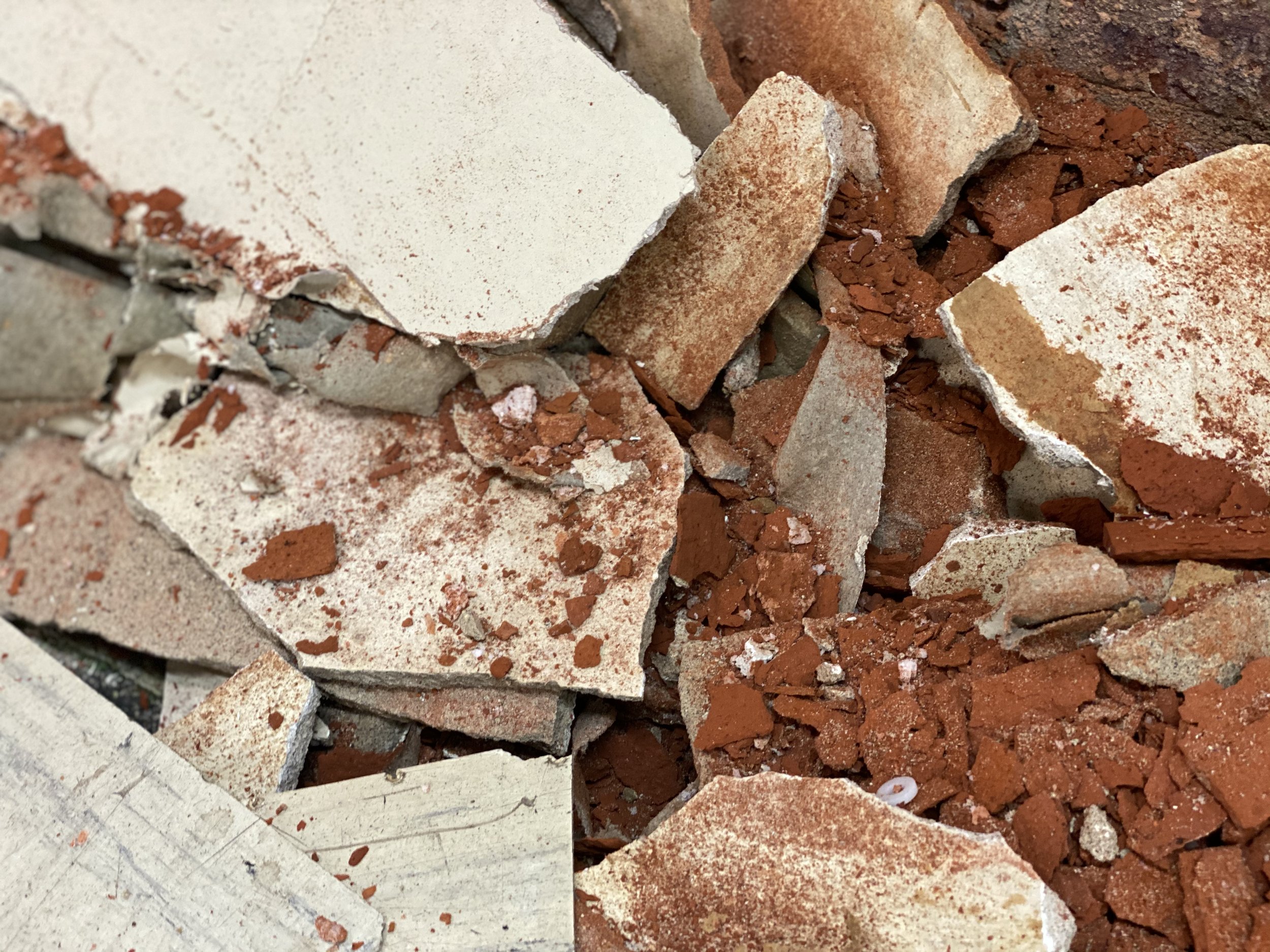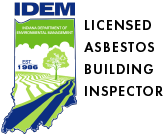How can we help you?
Asbestos is used in myriad industries, in thousands of products, and is linked with human health effects including asbestosis and several cancers. Whether you are planning on renovating an older building or demolishing a structure, it is important to consider the presence of asbestos in building materials. VET offers a wide range of asbestos testing services to meet the unique needs of our clients. Our Team is experienced in performing initial asbestos surveys, renovation inspections, pre-demolition surveys, third-party air monitoring, and developing operation and maintenance (O&M) Plans. Call today and see how VET’s team of licensed asbestos building inspectors can assess your space and provide recommendations to maximize safety and minimize cost.
-
Asbestos is a generic term used to describe six natural occurring fibrous minerals. These minerals form in large deposits within geological formations and are mined throughout the world. Bedrock is extracted from mines and is processed to extract the desired asbestos mineral. The mineral is then refined to form a material with a wooly consistency and is later intermixed with different materials to improve the physical properties for use in a range of products. Click here for information from the Centers of Disease Control and Prevention on what asbestos is.
-
Asbestos is known as a “magic mineral” due to its ability to improve a range of desirable physical properties in a variety of commercially available materials. Asbestos fibers are non-flammable, corrosion and thermally resistant, chemically inert, insoluble, lightweight, flexible, durable, economical, and readily available. Most asbestos products are utilized for the purpose of fireproofing, soundproofing, insulating, and structural reinforcement. Click here for more information on when and why asbestos was utilized in history from the Agency of Toxic Substances and Disease Registry.
-
In the United States, asbestos-containing products were slowly phased out of consumer materials between 1970 and 1990. Asbestos pipe insulation and spray-applied products were the first asbestos products banned. In 1989, the USEPA introduced the Asbestos Ban and Phase-Out Rule (ABPR) which imposed a full ban on the manufacturing, importing, and sale of asbestos-containing products. The United States Supreme Court overturned the USEPA ABPR in 1991, allowing the use of asbestos in certain products. Today, nearly all asbestos products have been banned or replaced; however, the United States continues to allow manufacture of asbestos containing products such as gaskets and brake pads. Products containing asbestos are not required to warn consumers of asbestos content as long as they contain less than 1 percent asbestos. Over 60 countries have banned the use of asbestos; however, the United States is one of the few industrialized countries that continues to allow the import of asbestos-containing products in gaskets, friction products, fireproofing materials, and roofing materials. Click here for the United States Environmental Protection Agency’s details on their actions to protect the public from asbestos exposure.
-
Asbestos minerals are separated into two families: Amphibole and Serpentine. The minerals are classed into families based on the physical structure of the individual fibers. The amphibole family has sharp, chain-line structures that are easily inhaled when the fibers are airborne. Five minerals make up the asbestos amphibole family: crocidolite, amosite, tremolite, actinolite, and anthophyllite. Due to the fiber structure and increased heath risks, amphibole asbestos minerals are no longer mined on a large scale anywhere in the world.
The Serpentine family has curly or twisted fibers making it easier to incorporate into commercial products. Chrysotile is the only asbestos serpentine mineral. It is also the most common type of asbestos mineral found in asbestos containing materials (ACMs). Due to the natural abundance, flexibility, and curly fibers of chrysotile, approximately 90 to 95% of all ACMs in building materials is chrysotile asbestos. In recent years, two of the largest producers of chrysotile, Canada and Brazil, have banned mining and exportation of asbestos-containing products. Today, China and Russia are the largest producers of chrysotile asbestos and continue to export over one hundred thousand metric tons each year. Click here for further information on the properties and identification of the different asbestos minerals provided by the National Library of Medicine.
-
Over 3,000 consumer products contain asbestos fibers. According to the United States Environmental Protection Agency (USEPA), an ACM is defined as any material containing greater than one percent asbestos fibers. Due to the beneficial physical properties asbestos provides, many of these products are still utilized today. Currently, building and construction materials are the most common types of asbestos-containing products encountered.
The steam engine and industrial revolution created a significant increase in demand for raw asbestos minerals. The steam engine required the efficient insulation asbestos provides and also allowed the mineral to be mined at an unprecedented rate. Prior to the 1970s, asbestos fibers were integrated into everyday materials and products such as clothing items, cosmetic makeups, cooking appliances, plastic toys, drawing utensils, paper products, and general household goods. Following 1970, asbestos was predominantly utilized by the construction industry. Building materials such as concrete, drywall, insulation, roofing shingles, paint, and floor/ceiling tiles contained high concentrations of asbestos fibers and were installed in commercial and residential buildings throughout the world. Many of these building materials are still in use today. Click here for a list of products provided by the Minnesota Department of Health that commonly contain asbestos.
-
An asbestos survey is a comprehensive inspection that determines the presence or absence of asbestos in a variety of suspect building materials. A visual inspection is not sufficient to determine if building materials contain asbestos fibers due to the widespread use of asbestos and the inability to identify the fibers with the naked eye. Samples of suspect building materials must be collected, catalogued, assigned a unique sample identification, and submitted to a laboratory for analysis. VET provides inspection and testing services for ACM in residential, multi-family, commercial, and industrial facilities. Our inspections are conducted by an Indiana licensed asbestos building inspectors. Click here for a list of listened asbestos contacts by states, provided by the United States Environmental Protection Agency.
-
Several federal and state regulations are established to reduce human exposure to airborne asbestos fibers and to minimize environmental impacts from improper asbestos handling. The United States Environmental Protection Agency (USEPA) and the Occupational Safety and Health Administration (OSHA) require a pre-demolition asbestos survey prior to demolition of certain classes of structure. We recommend our clients to evaluate for the requirement to conduct an asbestos survey before any renovations or modification to a building that was constructed prior to 1990.
An asbestos survey not only identifies and locates asbestos-containing building materials, but it also considers the condition of the materials. The simple presence of asbestos-containing building materials does not necessarily warrant implementation of a remedy. Building materials that are well maintained, protected from human contact, or are suitably encapsulated may be allowed to remain in place under the proper circumstances. When an asbestos-containing building material becomes damaged and the release of asbestos fibers is possible a remedial measure should be immediately implemented. Click here for more information by the Indiana Department of Environmental Management on when to get an asbestos survey performed
-
Although asbestos containing building materials are valued for their durability, all building materials break down over time, especially if not properly maintained. An ACM is considered “friable” if it can be crushed, pulverized, or reduced to powder by hand pressure. Some asbestos-containing materials are friable as manufactured. Others are not initially friable but may become friable when subjected to poor maintenance, crushing, grinding, or abrading. Friable asbestos is dangerous because asbestos fibers are readily released into the air when the material is manipulated. Asbestos fibers are extremely small and remain suspended in air for hours or days. The presence of suspended asbestos fibers in the breathing zone of structures poses an inhalation for persons occupying the space. Any friable asbestos material is considered a Regulated Asbestos Containing Material (RACM) and is subject to specific handling measures. Click here for more information on friable versus non-friable asbestos materials by the MesotheliomaHub.
-
No amount of asbestos exposure is safe. The most serious observed health effects occur when a person is exposed to large concentrations of asbestos, are exposed on a regular basis, or are exposed over a long period of time. Asbestos fibers accumulate in the body with every exposure, and there is no known way to reverse the internal damage created. Microscopic asbestos fibers are not broken down by the human body once they are inhaled. Over many years, lodged asbestos fibers can cause chronic inflammation, buildup of scar tissue, and even cancer.
Fibers are easily inhaled once they become airborne. It is important to avoid disturbing products that may contain asbestos. Additionally, people who live near naturally occurring asbestos deposits should avoid disturbing soil that may be contaminated. Currently, the majority of patients with asbestos-related diseases are men in their 60s or older. Asbestos-related diseases have a long latency period, often taking decades to develop. Diseases are typically traced back to occupational exposure at workplaces historically staffed by men. Click here for the health effects of asbestos from the Agency for Toxic Substances and Disease Registry.






